Review: Review: Sony Ericsson Satio - part 1: Form, Design, Build Quality
It's Sony Ericsson's first ever S60 smartphone, running the same S60 5th Edition as the Nokia 5800, but with several Sony Ericsson extras, plenty of horsepower under the bonnet and a distinctive camera-centric tablet form factor. How well has Sony Ericsson adapted to the switch from UIQ to S60 and what's the Satio's hardware like? And can Sony Ericsson succeed where Samsung have been struggling in the battle to compete with the lesser specified Nokias?
Here's part 1 of my multi-part Satio review.
Prologue: You'll have read this week about Sony Ericsson pulling the Satio from sale, pending fixes to some major bugs. As you'll see from the text below, I also hit problems, but they're not going to stop me looking at the raw hardware objectively. With the appropriate software fix-ups, just how good could the Satio be?
Flagships have a tough time in the phone world. Designed to include every function under the sun and to appeal to the most knowledgeable and tech-hungry users, they inevitably come up short. Witness the Nokia N96 and N97, for example, each plagued by bugs and issues in their first six months. In this company, it's not a damning indictment of the Satio that it too is equally less perfect. As with the Nokia flagships, there's lots of potential here - in fact arguably more, let down mainly by silly bugs and a few even sillier hardware design quirks.
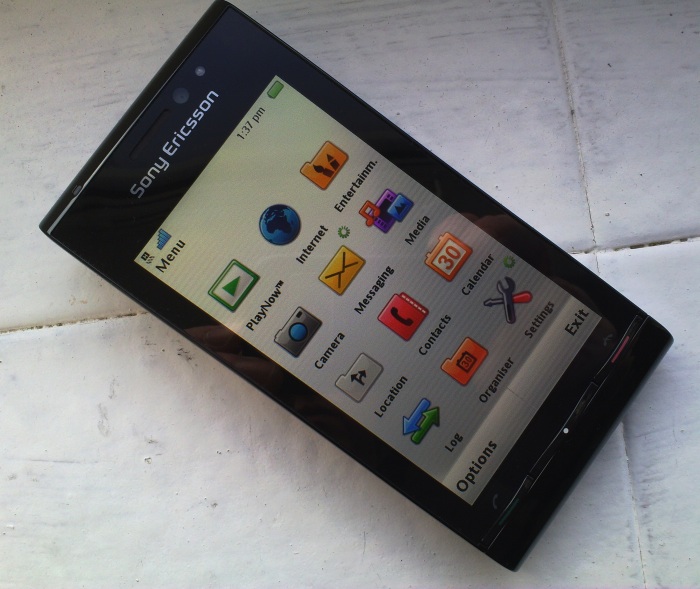
Using one of the supplied themes - I do like black text on white background, for better visibility
Ostensibly a tablet along the lines of the Nokia 5800, and weighing in at 126g the Satio distinguishes itself by including the same 3.5" transflective screen as the Nokia N97 classic - a good all-purpose choice and one which will work adequately even in sunlight, when out and about taking photos. The body's almost entirely plastic, but solid enough. The huge camera bulge on the back (taking this section to 17mm thick) is understandable, given the Satio's pretensions, but what's not so clear is why the main body of the phone (around 55% of the remaining length) is kept so thin (13mm). Given that the battery here is only 1000mAh and that the Satio is patently underpowered, why on earth didn't the designers allow more of the rest of the body to bulk out a little to accommodate a larger cell - the camera has already put paid to this phone ever being described as "razor thin", after all?
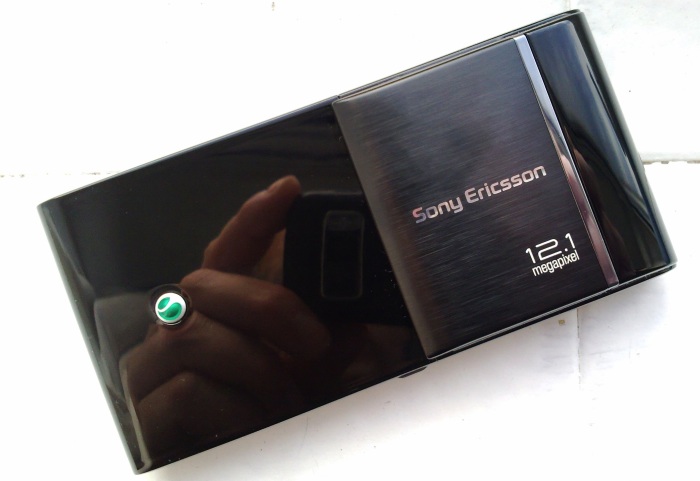
Note the mix of materials - and I'd just wiped the plastic down on my sleeve! 8-)
The camera cover is stainless steel and gorgeous, but the same can't really be said for acres of plastic around it. Both the (resistive) touchscreen and the battery cover are utter fingerprint magnets - this isn't a device to pull out after eating fish and chips!
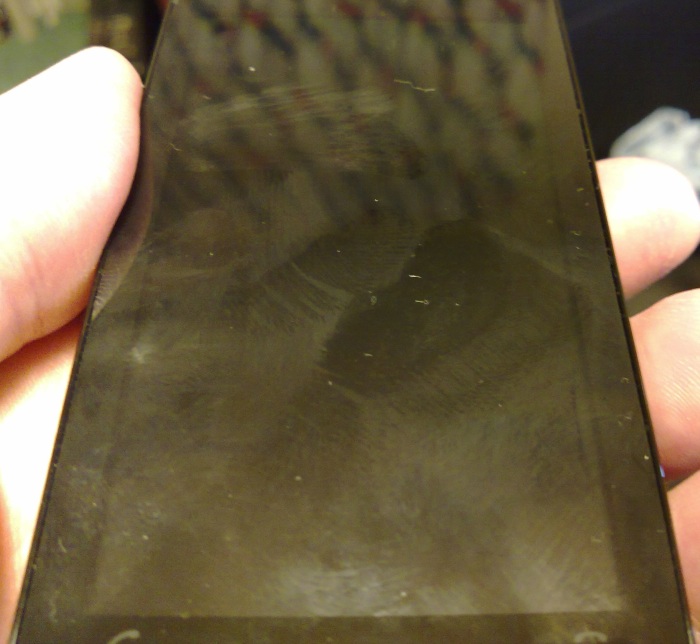
The Satio after a few minutes finger operation - this is your worst case scenario - but still... ugh!
The Satio's left side houses:
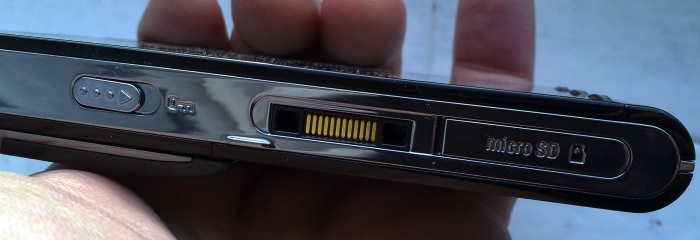
- A keylock toggle
- A Sony Ericsson proprietary USB port, the single most controversial design feature on the Satio. This handles data and audio/video and, arguably, is far more efficient than the traditional 3.5mm audio/TV jack and separate microUSB port, but efficiency shouldn't really be the name of the game these days - standards are more important now than ever and the Satio falls down in this respect. It means that when you travel you have to take all the cables with you since you can't rely on finding the right one at your destination.
- A microSD card slot. At least Sony Ericsson has dropped the awfully proprietary M2 card format that absolutely noone liked. A step in the right direction.
On the top is:
- A power button
- A small mono speaker. Audio quality is surprisingly good, actually, I'd rate it equal to the speaker in the Nokia E75: moderate volume but nicely toned. Mono is a restriction though, compared to other smartphone flagships.
And then down the right hand side we have:

- Volume up/down, doubling as zoom controls
- Album shortcut, brings up the latest photos and videos taken
- Camera/Camcorder toggle. This works very effectively and is a lot better than prodding around on the touchscreen (as in the Nokia touchscreen camera interfaces)
- Camera shutter button
All the above buttons are of high quality, despite being plastic inset into more plastic.
Somewhat bizarrely, under the battery, the SIM card is retained in a flimsy toy-like caddy that has to be pulled out and then poked back in again (under the camera). It's an odd arrangement, but it does work. Oh, and did I mention that the battery's too small for the job? I'll be returning to this comment again, no doubt, later in this review, in the context of day to day use and battery life.
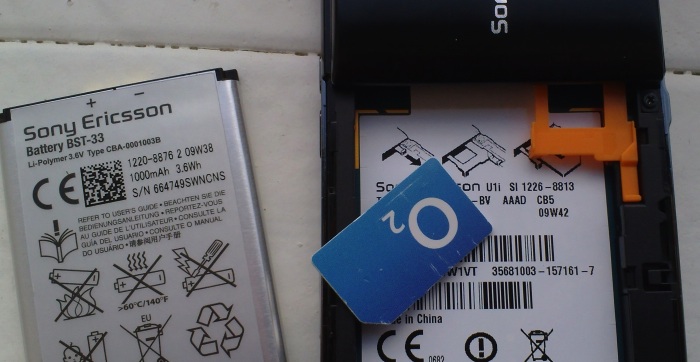
Note battery capacity (boo, hiss) and SIM-tray mechanism
Internally, the Satio shows great promise, with 256MB of RAM and an OMAP3 graphics acceleration chip, just as with the Samsung i8910 HD. Of course, like the latter, there's a lot more to a workable smartphone than high specs, but (again) more of that in a later review part. Having this much RAM means being able to open the largest web pages, hungriest games and maintain a dozen open applications, all without ever worrying about seeing an 'Out of memory' error, or having some of your applications closed down. Exactly what's needed for S60 5th Edition and exactly what Nokia failed to put in their 5th Edition phones so far....
Unfortunately, unlike the i8910 HD, there's no mass memory chip, so you're stuck with just the 60MB or so free on disk C: (this may cause problems long term, as it has on the Nokia N97) and whatever you choose to put into the microSD card slot. Luckily, Sony Ericsson start you off with an 8GB card, handily preloaded with the PC Suite connection software, but Satio power users will want to budget for something bigger. 16GB minimum, I'd suggest.
The surfeit of RAM and the OMAP3 chip mean that general performance is pretty good, and it should only get better once the firmware has matured a little, the bugs quoshed and the OS optimised.
I'll be covering the 12 megapixel camera in much more detail in part 2 of this review, but suffice it to say for now that it's very impressive. Focussing is a little slow and images a little duller than the Nokia N86's, but in every other respect images have great(er) detail. The Xenon flash works brilliantly too, it's been far too long since I used a new Xenon-equipped Symbian smartphone. Videos come out well at VGA resolution, but the sound capture was far too quiet - as with the Samsung i8910 HD, hopefully this can be fixed in a firmware update.
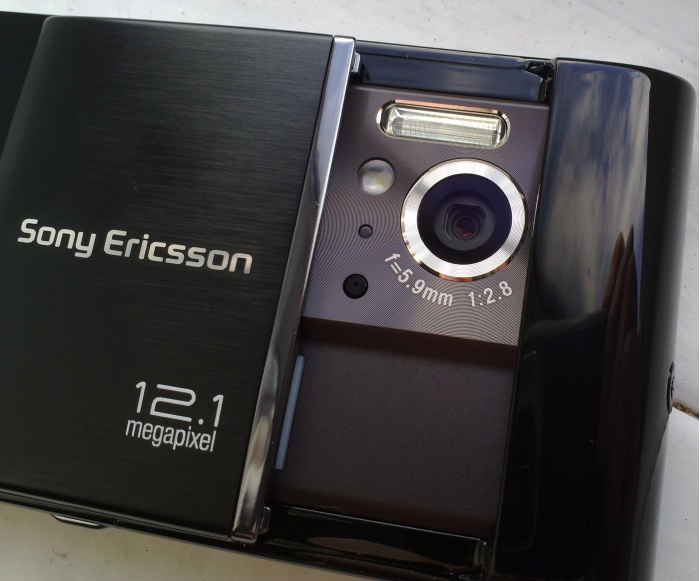
A stunning camera, watch out for part 2 of my review for sample images and comparisons
The Satio's application suite and interface will be covered in part 3 of this review. I'm deliberately leaving it to last because the Satio is, as I write this in the last week of November, very buggy indeed. Hopefully there will have been a serious firmware update by the time I have to appraise its software package. Already some shop chains have pulled the Satio from sale because of high returns and I'm not at all surprised. As a geek, I'm resigned to buying bleeding edge hardware and then sitting patiently while the manufacturer fixes bugs and polishes the software, but Joe Public is not going to be as understanding.
Among the bugs I experienced were the freezing up of the media suite and an annoying unresponsiveness to screen taps - not due to the touchscreen itself but seemingly due to an underlying driver bug. I also didn't like several aspects of the Satio's new homescreen: the top 'strip' of status icons is almost impossible to 'hit' without using a stylus, and the homescreen and media suite both completely ignore whatever you've set as your theme. So, for example, you set up a nice light/white theme and then find the homescreen and media suite only work in black!
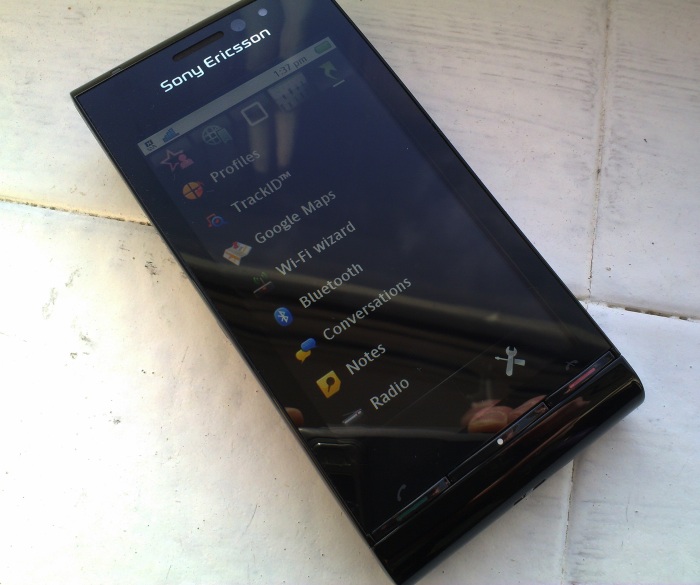
Note black screen, despite white theme
And the above observations are in addition to the other reported bugs in the first shipping version of the Satio. Many have commented that it's no worse than the Nokia N97 was at launch - but that's hardly an excuse. Nokia took four months to fix up the N97 with v20 firmware that at last made the most of the hardware, let's sincerely hope that it doesn't take Sony Ericsson anywhere near as long.
There's also no Over The Air updates, so I'm reliant on the PC-based Sony Ericsson Update Service - this works well enough but owners will want to be trying this several times a week for the first few months. And there's precious little kinetic scrolling - we're back to Nokia 5800 era clumsy scrollbars in most applications, creating a clumsy UI kludge when you do come across an app (e.g. 'Internet') that has iPhone-like kinetic scrolling.
But, leaving all this firmware pain behind me, I'm going to try to stay optimistic and give Sony Ericsson the benefit of the doubt. Not worrying about the general interface and applications (for now), I'm going to be looking next, in detail, at the Sony Ericsson Satio's star feature - it's 12 megapixel camera. How will it measure up to the Nokia N86 and the Samsung i8910 HD, both (lesser) 8 megapixel units but more established?
Steve Litchfield, All About Symbian, 25 November 2009
Bonus images:
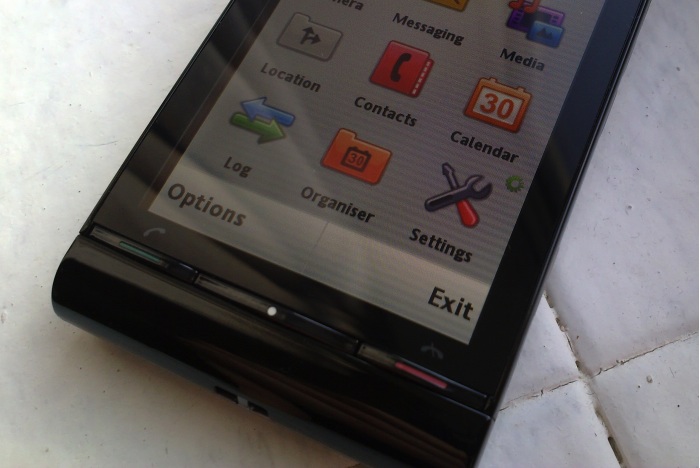
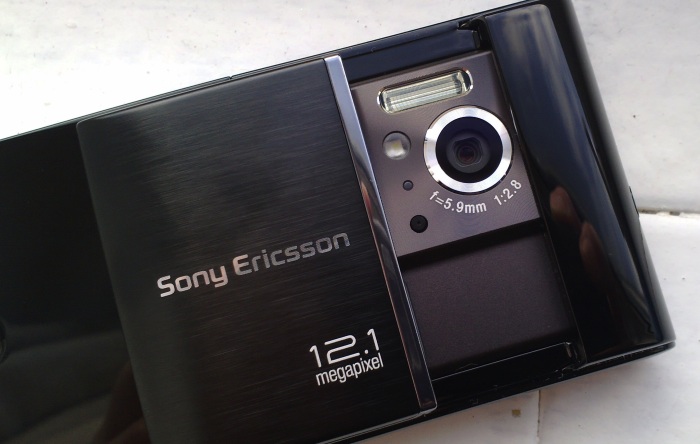
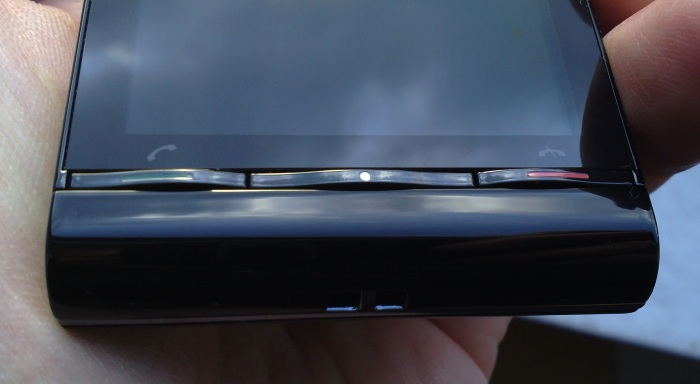
Reviewed by Steve Litchfield at
